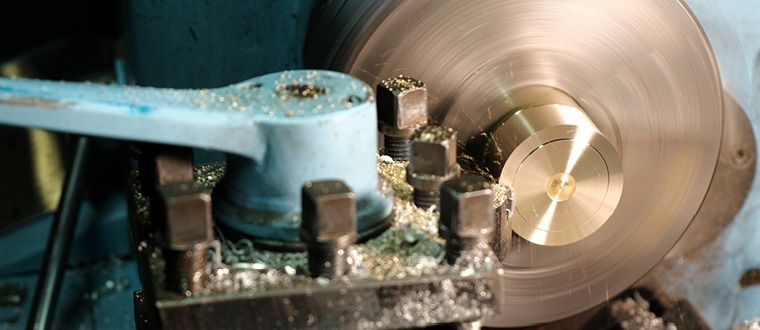Fitter
On this page
- What's it like to be a Fitter?
- How to become a Fitter
- Latest Fitter jobs
- Top skills and experience for Fitters
What's it like to be a Fitter?
Fitters take different components and put them together to create a finished product. This involves reading and understanding technical drawings or blueprints that show how the parts should fit together. Fitters can use tools such as wrenches, screwdrivers, and hammers to tighten screws, bolts, or nails and make sure everything is properly connected. Fitters work in various industries, such as manufacturing, construction, or repair. In manufacturing, fitters may assemble machines or equipment on a production line. In construction, they may be asked to install pipes, ducts, or other building components. In repair work, they may fix broken parts or replace worn-out components.

Tasks and duties
- Assembling parts and components according to specifications or technical drawings.
- Installing machinery, equipment, or structural components accurately.
- Repairing and maintaining mechanical systems and components.
- Using hand tools, power tools, and measuring instruments for efficient work.
- Ensuring proper fit, alignment, and functionality of assembled components.
How to become a Fitter
While there is no required degree to become a Fitter, many companies prefer holders of at least a senior high school diploma, backed up with related experience such as a TESDA certification.
- 1.
Finish your Senior High School (SHS) diploma, preferably in the Technical-Vocational-Livelihood track.
- 2.
You can take up additional qualifications such as a TESDA course.